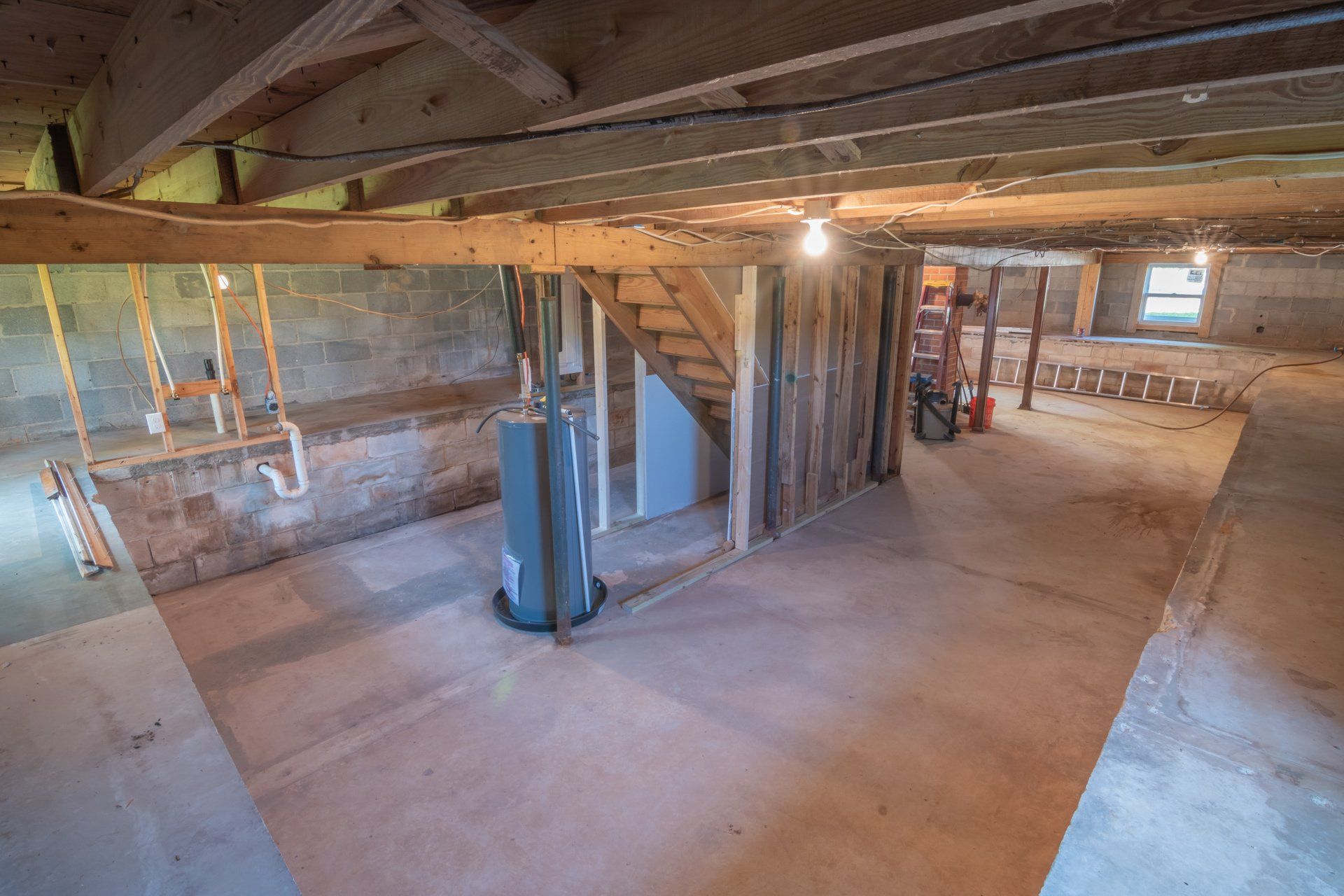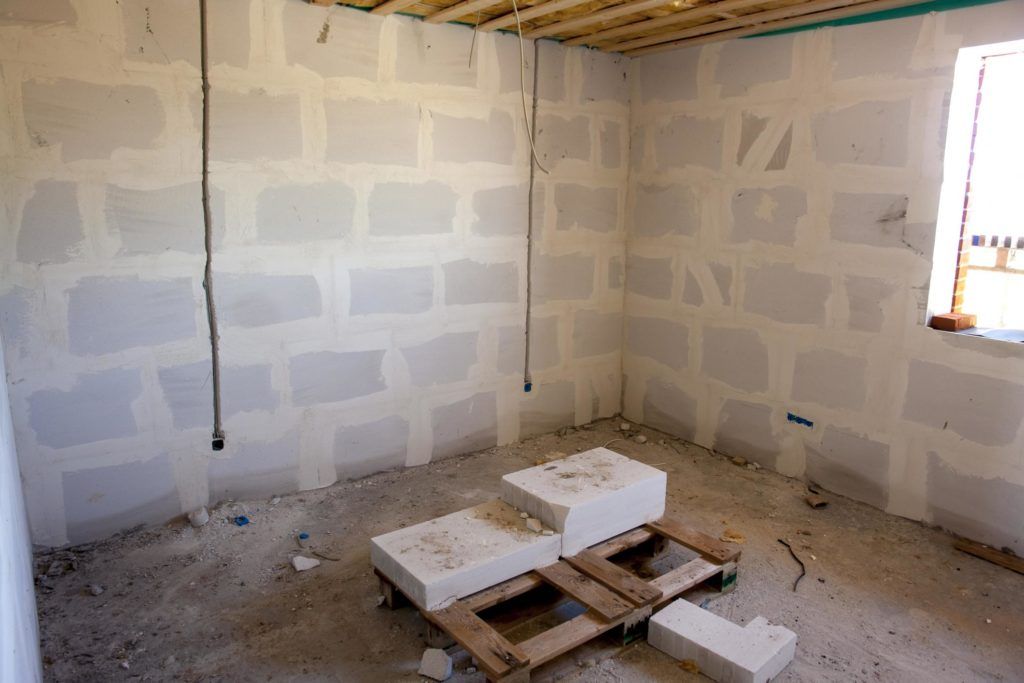Flood-Proof Your Home: Top Basement Waterproofing Techniques
A Comprehensive Guide to Effective Basement Waterproofing Solutions for a Dry and Safe Home
Basement waterproofing is essential for homeowners looking to protect their property from water damage, mold growth, and structural issues. A wet basement can lead to costly repairs and a host of health problems. In this guide, we will explore the top basement waterproofing techniques, focusing on effective solutions to ensure a dry basement.

Understanding the Importance of Basement Waterproofing
Basements are often the most vulnerable areas of a home when it comes to water intrusion. Factors such as poor drainage, high groundwater levels, and heavy rainfall can contribute to moisture problems. Implementing effective basement waterproofing strategies not only protects your home but also enhances its value.
Common Signs of Basement Water Problems
Before diving into waterproofing techniques, it's crucial to recognize the signs of basement water issues:
Damp Walls or Floors: Visible moisture or dampness on surfaces indicates water intrusion.
Mold and Mildew: The presence of mold or a musty smell is a clear sign of moisture problems.
Water Stains: Dark stains or discoloration on walls suggest previous water infiltration.
Cracks in Walls or Floors: Structural cracks can allow water to enter your basement.
Top Basement Waterproofing Techniques
1. Interior Waterproofing Solutions
Interior waterproofing methods focus on preventing water from entering your basement through walls and floors.
a. Basement Sealing and Waterproofing
One of the most effective ways to create a barrier against moisture is through basement sealing and waterproofing. This involves applying sealants to the walls and floors to prevent water seepage.
- Types of Sealants: Use high-quality waterproof paints or sealants specifically designed for waterproofing basement walls.
b. Install a Sump Pump
A sump pump is an essential tool for managing water in your basement. It collects excess water and pumps it out, preventing flooding.
- Choosing the Right Pump: Select a sump pump with adequate capacity for your basement's size and water table.
2. Exterior Waterproofing Solutions
While interior methods are effective, addressing water issues from the outside is crucial for long-term success.
a. Foundation Waterproofing
Foundation waterproofing involves treating the exterior of your home’s foundation to prevent moisture from seeping in. This can include:
- Excavating Around the Foundation: Removing soil around the foundation and applying a waterproof membrane.
- Installing Drainage Systems: French drains or perimeter drains direct water away from the foundation.
b. Grading and Landscaping
Proper grading around your home ensures that water flows away from the foundation. This is an important aspect of basement and waterproofing.
- Adjusting Soil Slope: The ground should slope away from the foundation at a minimum of 6 inches over 10 feet.
- Using Landscaping: Planting moisture-absorbing plants can help reduce excess water around your basement.
3. Drainage Systems
Effective drainage systems are key to managing water and preventing basement flooding.
a. French Drains
French drains are a popular solution for water proofing for basement areas. They consist of a trench filled with gravel and a perforated pipe that redirects water away from the foundation.
- Installation Tips: Ensure the drain is installed at a slope to facilitate water flow.
b. Downspout Extensions
Redirecting rainwater from your gutters away from your foundation is crucial for preventing basement water issues.
- Use Downspout Extensions: Attach extensions that direct water at least 6 feet away from the foundation.
4. Basement Waterproofing Systems
Investing in comprehensive basement waterproofing systems can provide long-term solutions for managing moisture.
a. Interior Drainage Systems
These systems collect water that seeps through the walls or floor and redirect it to a sump pump. This includes installing a drainage channel at the base of the walls.
- Key Benefits: Effective at managing water during heavy rainfall and protecting against flooding.
b. Exterior Drainage Systems
Similar to interior systems, but installed on the exterior of the foundation. This includes French drains and surface drains to prevent water accumulation.
5. Basement Solutions for Specific Issues
Depending on your home’s unique challenges, you may need tailored basement solutions.
a. Waterproofing in Basement Cracks
If you notice cracks in your basement walls or floor, it's vital to address them promptly. These cracks can allow water to enter.
- Repairing Cracks: Use hydraulic cement or epoxy injections to fill cracks and prevent water intrusion.
b. Waterproofing Basements with High Humidity
High humidity levels can lead to mold and mildew growth. Consider installing a dehumidifier to maintain optimal moisture levels.
- Monitor Humidity: Aim to keep humidity levels below 60% to prevent mold growth.
6. Regular Maintenance and Inspections
Ongoing maintenance is key to effective basement waterproofing.
a. Regular Inspections
Inspect your basement regularly for signs of moisture, cracks, and other potential issues.
- Look for Water Stains: Check walls and floors for any signs of water infiltration.
b. Maintain Your Drainage Systems
Ensure that gutters, downspouts, and drainage systems are clear of debris to function properly.
- Clean Gutters Regularly: Clogged gutters can lead to overflow and water pooling near the foundation.
Choosing the Right Waterproofing Solution
When considering basement waterproofing near me, evaluate your specific needs and the environmental factors affecting your home. Factors to consider include:
Local Climate:
Areas with heavy rainfall may require more robust solutions.
Soil Type: Different soil types respond differently to water, affecting how you approach waterproofing.
Foundation Type: Understand the unique needs of your foundation type for effective solutions.
Finding the Best Basement Waterproofing Solutions
To find the best basement waterproofing options in your area:
Research Local Experts: Search for professionals who specialize in basement sealing near me and foundation waterproofing near me.
Read Reviews: Check online reviews and testimonials to gauge the reputation of local contractors.
Request Quotes: Obtain quotes from multiple contractors to compare services and pricing.
Conclusion
Flooding and moisture issues in your basement can lead to serious damage and costly repairs. By implementing effective basement waterproofing techniques and solutions, you can ensure a dry, safe, and healthy living environment. Regular maintenance and inspections are vital to maintaining your waterproofing efforts and protecting your investment.
With the right strategies in place, you can enjoy a dry basement that enhances your home’s value and livability. Don't wait until it's too late—take proactive steps to protect your basement today!


